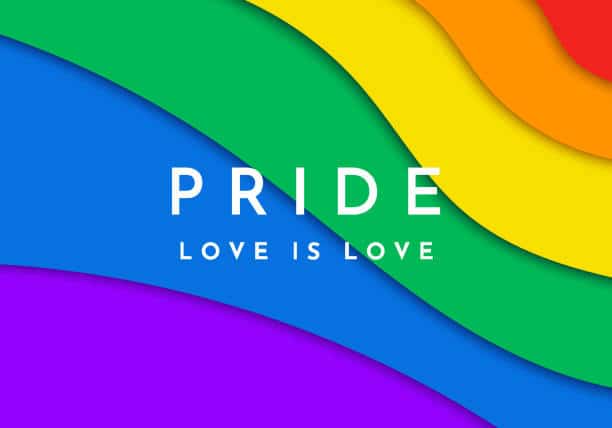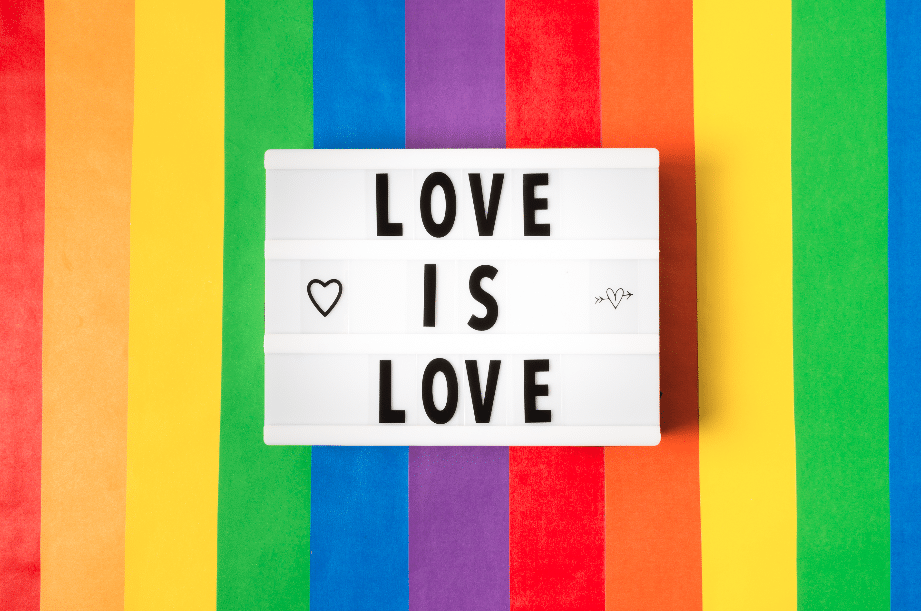Every year in June, the LGBTQ community celebrates Pride Month. Even if it is clear to many that the special attitude to life of queers who stand up for themselves and the demand for more tolerance should be addressed in this context, there are still many questions associated with the term "Pride". Those who want to delve a little deeper into the subject should definitely read on.
Even though every queer person interprets his or her own Pride individually to a certain extent, there are also numerous details that belong to the "standard" in relation to the Pride movement.

Pride in detail - how can a "classic" be described?
Strictly speaking, "Pride" is one of those words that actually cannot be assigned a classic synonym. This special attitude towards life expresses that a queer person is self-confident and proud of him/herself and his/her sexual orientation. Whether he/she is then gay, lesbian, bi, transsexual, etc. is secondary for the definition of the term.
Those who live the Pride idea have no desire (and see no need) to hide from others. On the contrary! The queers in question are proud of themselves, their outing and the fact that they have finally found themselves.
The Pride parades as an expression of a special self-confidence
The enormous scope and meaning of the word Pride is evident just from the fact that the famous CSD parades, which are celebrated mainly in the larger cities, are called "Prides".
These events are all about living the word "Pride" with all its facets and becoming visible. Within the framework of the events, the participants not only use the rainbow flag, but also, among other things, types of art to draw attention to themselves. For decades, in this context, songs have always managed to become real anthems of the Pride movement. Particularly popular here are, among others, "Born this Way" by Lady Gaga and "I am what I am".
Both represent a positive attitude towards oneself - regardless of sexual orientation.

Pride must develop - most of the time
Anyone who moves within the LGBTQ scene knows that it is not an exaggeration to say, "Every outing is different!". Many queers are happy to have taken this important step, but it takes a while until they can live the Pride idea for themselves.
Especially when friends and acquaintances may still need a little time to get used to the new situation, pride and satisfaction with oneself in the respective current situation may be a bit of a wait.
But don't worry! Many members of the LGBTQ community have made the experience that the so often cited Pride lifestyle sometimes takes a little longer to arrive. But when it does arrive, it has the potential to significantly improve one's quality of life.
Studies around Pride and Co.
Since the 1970s, academics, among others, have been interested in the question of how queer people deal with their feelings after coming out.
Interestingly enough, it became apparent that over the decades the people concerned have managed to give more space to positive thoughts about their own "liberation strike".
Of course, concerns were and still are there. Nevertheless, it is encouraging that the attitude of queers to their own self has continued to improve. Furthermore, it was shown that people from the age of 20 tended to be better able to deal with their sexual orientation than young people.
The changed attitude towards the subject is certainly not only due to the "modern times", but also to the efforts of activists around the globe. This is how it can continue!
There's a big question looming: is Queen Latifah queer?